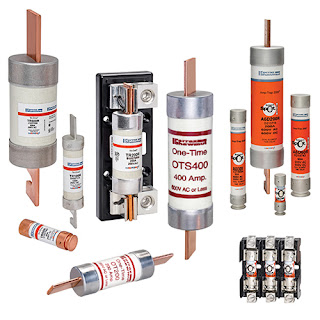Mitsubishi Replaces FX1N PLC With FX3G
The FX3G replaces the popular FX1N, resetting the cost-performance expectation with a larger program memory, faster instruction execution, additional programming instructions and improved functions and expansion options. Particular advances have been made in communication and positioning functions, the seamless integration of other control devices and networking options. The FX3G is based on the space-saving technology used by the more powerful FX3U and FX3UC, which are designed for high level and demanding automation tasks.
All the necessary components - including power-supply unit, processor, memory and I/Os - are integrated directly in the ready-to-use controller units. The 0.21 microseconds processing per logical instruction cycle and 32,000 program step memory enable it to handle significant automation tasks and open up the possibility, if the user desires, to utilise structured programming techniques to IEC 61131-3. The new controller has a standard system bus for up to eight expansion, special function and network modules and a second bus system.
Up to four additional modules - two interface modules (RS-232 or RS-485) and two analogue adapters, including a new temperature data-acquisition module for Pt1000 and Ni1000 elements - can be connected to this 'adapter bus', making this compact PLC extremely flexible. The new adapter bus modules were developed specifically for the FX3 family. They can be integrated without additional programming and can be addressed directly with special data registers.
This reduces the number of program steps needed and saves time and money. Additional expansion slots are available on the front of the unit, where up to two expansion boards can be inserted to add serial communication interfaces (RS-232, RS-422 or RS-485) and analogue functions. The controller is programmed with the GX Developer or GX IEC Developer programming software. This supports the IEC 61131-3 standard and program development with the function block, ladder diagram, instruction list, structured text and sequential function chart languages.


Comments